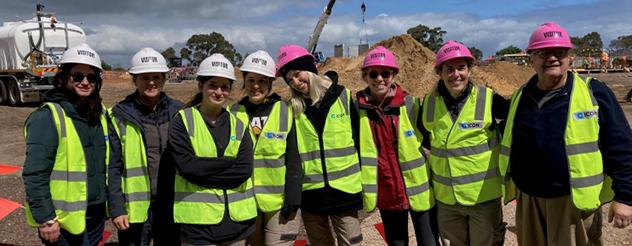
- Home
- News and events
- Women in leadership: International Women’s Day 2021
Women in leadership: International Women’s Day 2021
Monday 8 March 2021 is International Women’s Day. This year, the global UN Women theme is ‘Women in Leadership: Achieving an equal future in a COVID-19 world.’
This theme celebrates the tremendous efforts by women and girls around the world in shaping a more equal future.
The Victorian Government is committed to achieving gender equality in the workplace and in December 2016 it launched the state’s first gender equality strategy, Safe and Strong: A Victorian Gender Equality Strategy.
The building industry
The construction industry is the most male-dominated sector in Australia, with women making up only 12.7 per cent of the workforce (ABS 2020).
In architecture, the Parlour Census Report 2001–2016 found that despite comprising nearly half of all architecture graduates since the 1990s, only 24 per cent of registered architects and 13 per cent of directors in Australia are women.
According to the Engineers Australia statistical overview report 2019, the proportion of qualified female engineers in 2018 was only 12.4 per cent – down from 13.4 per cent in 2017.
Senior leaders helping to driving change
One of the barriers consistently identified for women in this industry is the lack of female role models, particularly in managerial and senior positions.
For this International Women’s Day, we spoke to some of our female leaders and industry partners about how we can support more women to obtain leadership positions, what barriers they have faced, and how we can encourage gender equality and diversity across the sector. From being the only woman in the room at the beginning of their career, these senior leaders are now managing projects, leading teams and mentoring young women in their respective industries.
Meaghan Dwyer – John Wardle Architects
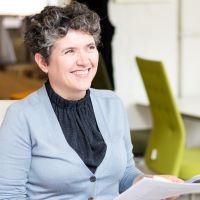
Meaghan is a partner at John Wardle Architects and project director – architecture of the new Victorian Heart Hospital, which is currently in construction.
Women have comprised nearly half of architecture graduates since the mid-1990s, but there are fewer women at the top. How do we change that?
The divergence between the pathways of young men and women can begin soon after graduation, and so it’s important to give young female architects opportunities to gain experience and develop their expertise as early as we can. Sometimes, we may need to encourage them to step up and mentor them through challenging times.
It is also important to offer women opportunities to combine work and family. At John Wardle Architects, we have a parental leave policy with that in mind – and it’s something that a number of our employees have accessed.
Have you faced any barriers in your career as a woman? How did you overcome them?
For a woman in any professional context, being the only woman is particularly challenging. In my early career I would often be in the position of being the only design professional around the meeting room table or in the site office. Fortunately, things have changed, and this is an infrequent experience today.
What advice would you give to women looking to pursue a career in architecture?
I’ve had several conversations with young women who have struggled to find their ‘work self’ – to know how to conduct themselves and show leadership. It is as if they feel they need to leave behind who they are, or pretend to be someone different. I always try and encourage them to stay true to who they are. To be authentic – and that’s relevant to both men and women.
Nada Radovic – Victorian Health Building Authority (VHBA)
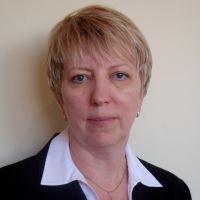
Nada is an executive project manager at VHBA on the Sunshine Hospital emergency department redevelopment and completed projects including the Box Hill Hospital redevelopment, Monash Children’s Hospital and Joan Kirner Women’s and Children’s Hospital, whilst contracted to Department of Health.
How do we support more women to get into senior leadership positions?
We need to show more examples of the women in high-level positions across our industry. We need to showcase their achievements and their work. More and more women are studying and working in construction each year – it would help to show the younger generation what senior women in the industry are doing, what they’ve achieved, as an example of what they too can do.
Have you faced any barriers in your career as a woman? How did you overcome them?
When I started in the construction industry, there were hardly any women on construction sites. When I walked onto my first site 35 years ago, there were 300 people on site, all men, and they all stopped work and stared at me. That’s how it was then. This has changed, which is fantastic, but there are still issues. As an industry, women are still paid less than men and we often feel we have to work harder than men to prove ourselves. Things have improved, and will continue to improve, as more women enter the industry.
Based on your own experience, what advice would you give to women pursuing a career in infrastructure?
I would say to young women that they need to be true to themselves. If you like what you do, keep on doing it. And don’t be afraid to ask for promotions. Men are still more likely to ask for promotions – so don’t be afraid to advocate for yourself.
Melina Thomas – Silver Thomas Hanley
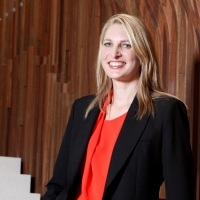
Melina is a director at Silver Thomas Hanley architects. She was project director for the Casey Hospital expansion project and the Victorian Comprehensive Cancer Centre.
How do we support more women in obtaining leadership positions?
Lead by example. Define yourself as an architect not a woman in architecture. Be flexible with all employees when their circumstances change. Keep up connections with women who have paused their career to have families, so they remain connected with the office, and industry. Encourage women to express their goals, be confident in their skills and learn from others within the studio and on site. Be aware that your role, not your gender is at the forefront of your position in a practice.
Have you faced any barriers in your career as a woman? How did you overcome them?
I was fortunate to have a mother who was one of the first female graduate architects in Western Australia, who instilled in me the belief that I could be successful in any field, including those that were male dominated. Our practice has always been progressive in supporting women and encouraging them to excel. Looking back, I have probably over-compensated to be available 24-7 and accept the demands of work at the detriment of family life, whereas now it’s more acceptable for women and men to request a change in a meeting to suit school drop-off for instance. Allowing our employees to request this of clients, and of their employers can create a subtle shift in the industry and gain back some more balance.
What can the architecture industry do to encourage gender equality, and diversity more broadly, in senior roles?
We have 50 per cent of employees in our office that are women, in varying senior roles and 75 per cent of our directors are female. Gender equality and diversity is important to be reflected in all aspects of our industry and the best person for the role should be hired, regardless of gender. Collaboration, respect and creativity results from women and men working together, with their different viewpoints, and encouraging robust dialogue to create a studio culture that encourages everyone to have a voice, express their ideas, grow their skills and ultimately enjoy their profession.
Melanie Robertson – Ballarat Health Services
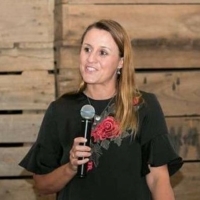
Melanie is the executive director of infrastructure at Ballarat Health Services and is the project lead for the Ballarat Base Hospital redevelopment.
What difference does a diverse team make on a project?
I think communication is stronger when you have a diverse team, and there is a level of empathy and understanding. We can talk honestly if we have other commitments, or if we’re trying to juggle commitments and priorities.
Only recently, I brought up an issue with the project team and we were able to speak about it openly and honestly. I don’t think that would have happened if I was working with an all-male team – I would have only spoken up once I also had a solution.
Have you faced any barriers in your career as a woman?
How did you overcome them? Absolutely. For one – getting work boots that fit! In a previous role, I worked at a wind farm where I managed a team of contractors. I remember my first day turning up at the toolbox meeting with the eyes of 30 men in front of me. I spoke to the group and asked if they had any questions. The first one was ‘What do we call you?’ The second was ‘How do we treat you on site?’ I was upfront and honest with them, which broke the ice and we got to know each other during my time there. It took a while for some, but most were on board right away. They respected me, and the job I had to do, and I respected them.
What can the infrastructure sector do to encourage gender equality, and diversity more broadly, in senior roles?
It’s about providing flexibility for people and opportunities throughout their careers, so we end up with the best people at the table.
Anna Marshall – Victorian Health Building Authority (VHBA)

Anna is a project director at VHBA and currently leading the Goulburn Valley Health Shepparton Hospital redevelopment and the Ballarat Base Hospital redevelopment.
What has your career path looked like?
I did a building degree at university, where I was one of three women – out of about 100.
I worked for a larger builder for four years, then a project management consultancy and then moved into the public service. I did a few health projects, then a few more, and became an expert in something I never intended on becoming an expert in. Particularly early in my career, I would regularly be the only female in the room of architects, engineers and quantity surveyors. It’s definitely improved, but it’s still uneven – particularly when you get to more senior levels.
Have you faced any barriers in your career as a woman? How did you overcome them?
People sometimes assume that women are not interested in roles or opportunities if they are about to get married, or because they’ve had children. People make their own judgement, rather than asking you themselves. I’ve had to deal with that. It was assumed I wouldn’t be interested in doing the work I used to do once I had small children. I had to make sure I communicated what I was looking for in my career and that I was still open to, and interested in, being involved in projects.
How do we support more women to get into senior leadership positions?
I think it’s about creating opportunities and providing flexibility for everyone, not just women. The ability to work from home, or work flexible hours, opens up opportunities to a broader range of people. It’s about being respectful of other people and how they need to work. For women with children, it can be easier to ask for flexible work hours to do the school pick up, because its expected. For fathers, it can be more difficult to tell their clients and employers that they need flexibility to do those things. If we provide flexibility to everyone – it’s not always mum taking time out to do those things. Giving men the same flexibility will make the biggest change.
The next generation of leaders
These senior leaders have paved the way for the next generation of young people in the building industry, including project management, architecture and engineering.
Silvia Ataide a graduate site engineer at Lendlease explains the importance of seeing women in leadership positions:
When we see women in management roles or moving up the ladder, we think ‘That could be me one day’. It gives us something to work towards. Women become discouraged to advance their careers if they don’t see women in those positions – you think it must be too hard, because no other woman has done it.
Teagan Loriot has been a site engineer at Lendlease for four years. For her, working alongside women and seeking out mentors is an integral part of feeling empowered to keep progressing in her career:
I think working alongside women in this industry – strong woman who have worked their way up – is really important. I had an amazing female construction manager on a previous project, and I was able to see someone who demonstrated everything I aspire to be in the industry. Having mentors who have pushed through barriers, and made things better for the women following them, is really empowering.
Government initiatives
At the Victorian Health Building Authority, we have $7.84 billion of projects in planning and delivery. Our pipeline of over 127 projects will support over 4,100 jobs at the peak of construction – supporting Victoria’s economic recovery for years to come.
With one in 10 jobs in Victoria in the building industry, the recruitment and retention of women is vital. That’s why the Victorian Government has funded the development of Building Gender Equality: Victoria’s Women in Construction Strategy 2019-2022 – which outlines their plans to achieve greater representation of women in construction.
To encourage more women to study and work in STEM (science, technology, engineering and maths), the Victorian Government has provided funding for 10 tech schools across Victoria, with specific programs for young women.
The Government is also investing $1.37 million to create the STEM Centre of Excellence at Science Gallery Melbourne in Parkville, for Victorian secondary students to explore STEM career opportunities.
The Department of Jobs, Precincts and Regions also published the Women and Girls in STEM Map – an easy to use online resource listing more than 170 programs and activities designed for girls and women.
Related content

07 March 2025
Paving the way for women in construction
As more women begin careers in the construction industry, we're building a future where the industry is more diverse and inclusive.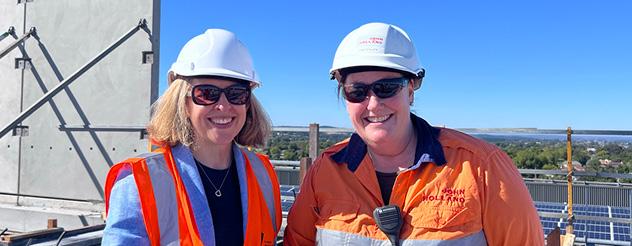
04 December 2024
Behind the build: Meet the women driving the Ballarat Base Hospital redevel...
This Women in Construction Week 2024, we spotlight the women driving the Ballarat Base Hospital redevelopment.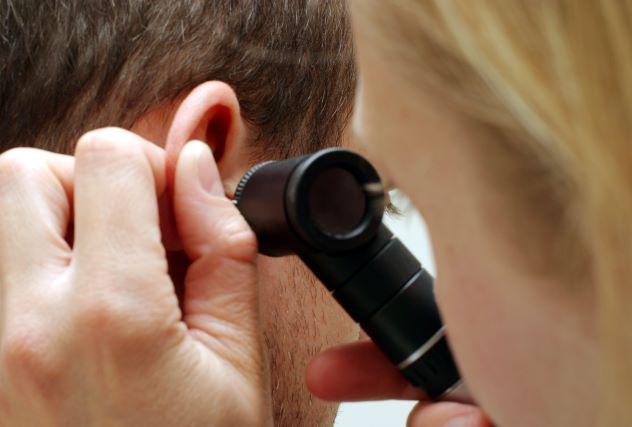
03 March 2021



